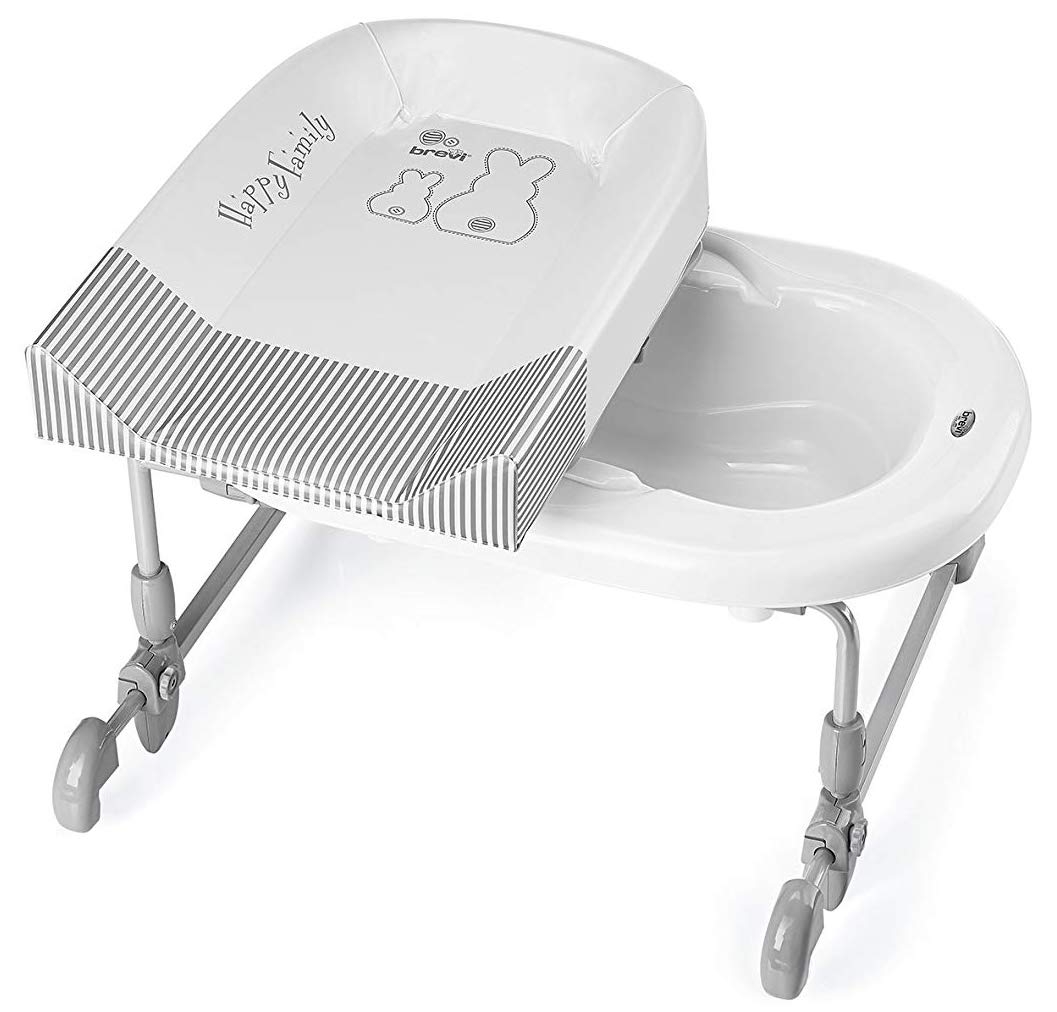
Bañeras seguras para bebés recién nacidos - Mega Baby - Consejos para el cuidado del bebé y maternidad

Amazon.com: Frida Baby Soft Sink Baby Bath | Bañera de bebé fácil de limpiar + cojín de baño que soporta la cabeza del bebé : Bebés

Retoños - Bañera para bebés con termómetro 🐸 Colores: Rosa, Azul. Marca: Maxibaby *Soporte para apoyar al bebe dentro de la tina. *Medidor de temperatura. *Tapón de desagüe. *4 patas en goma














![GUÍA] Las 9 mejores Bañeras para Bebé (2023): análisis y mi opinión GUÍA] Las 9 mejores Bañeras para Bebé (2023): análisis y mi opinión](https://padresrebeldes.com/wp-content/uploads/2021/04/Mejores-ban%CC%83eras-bebe.jpg)






